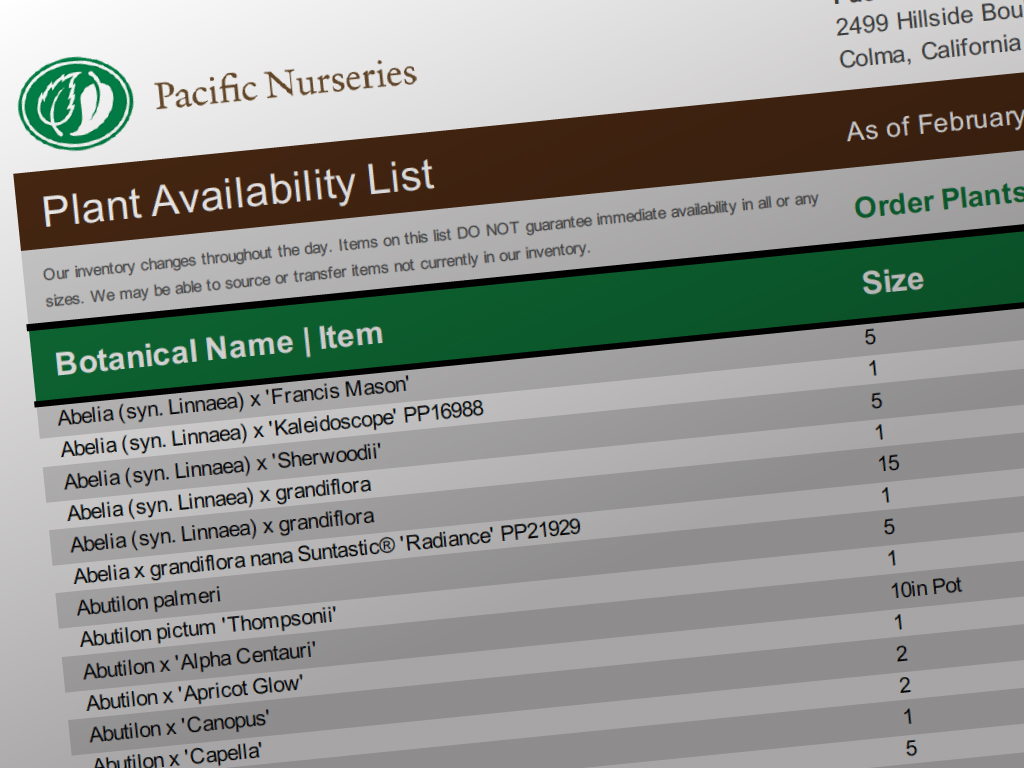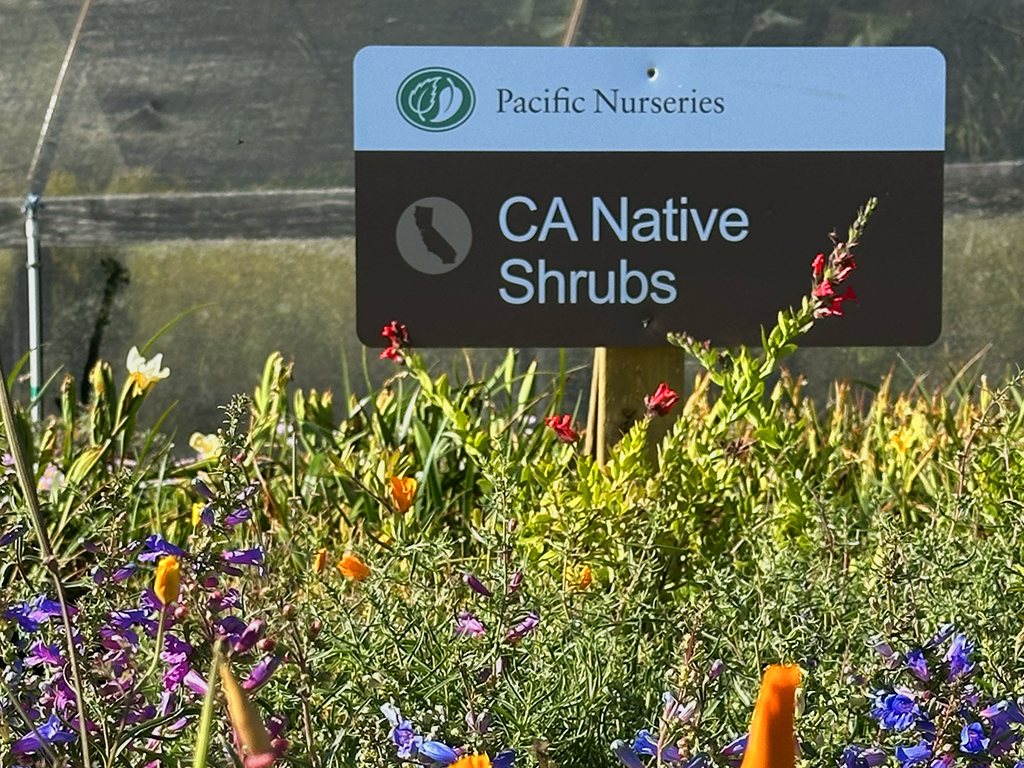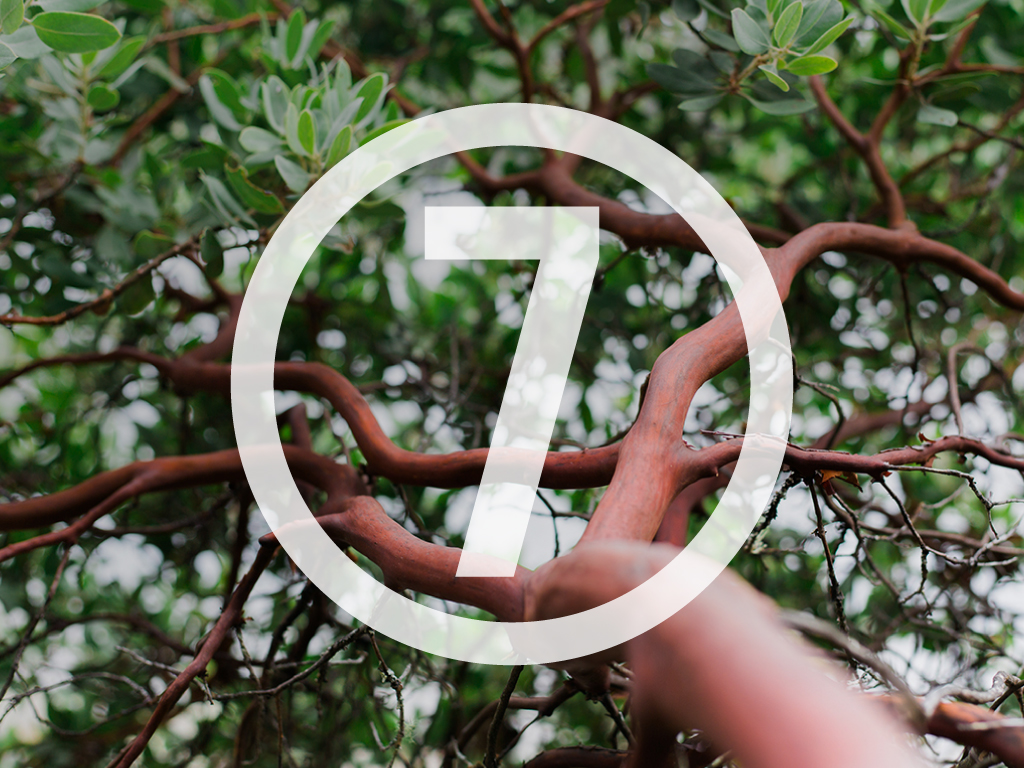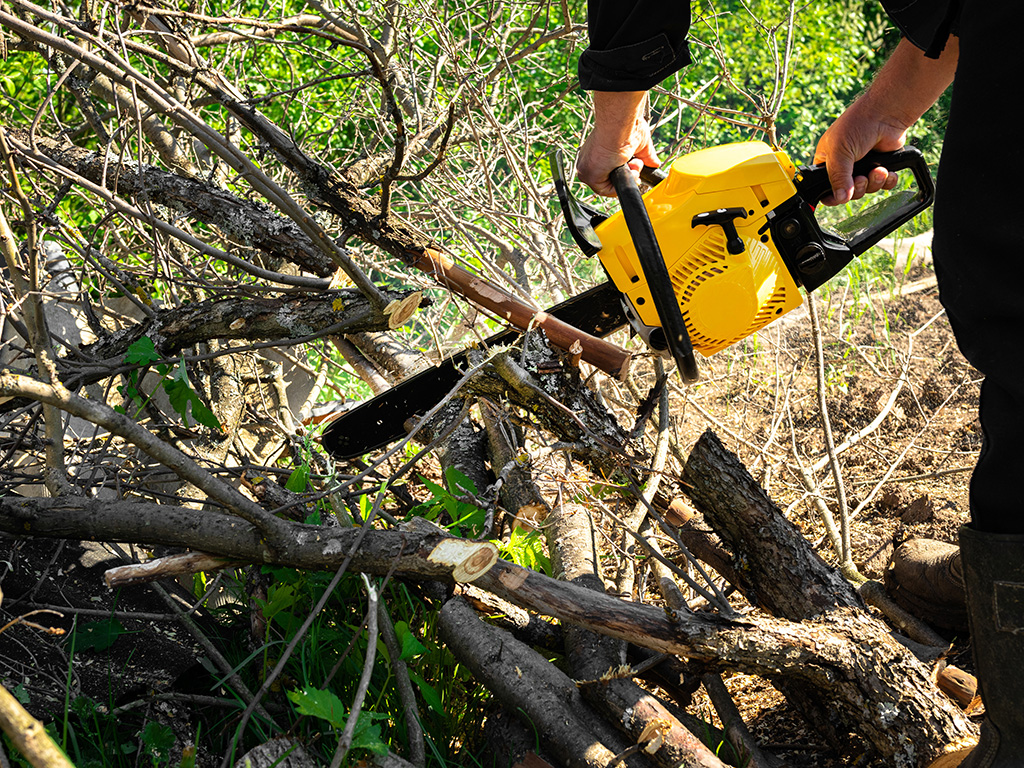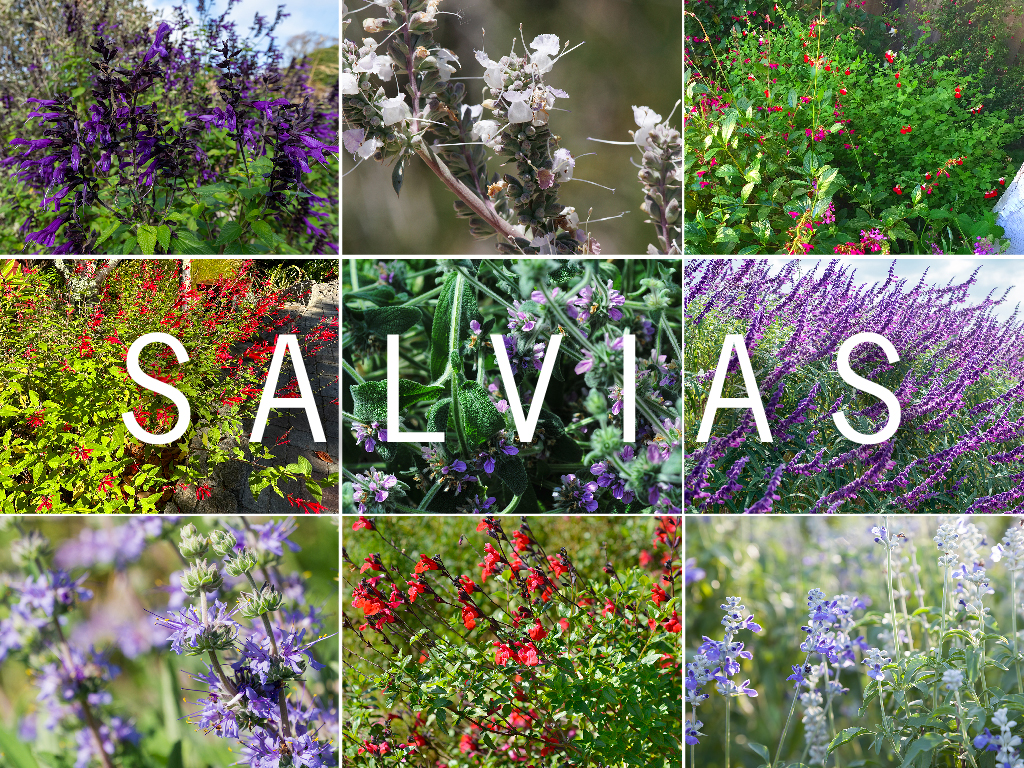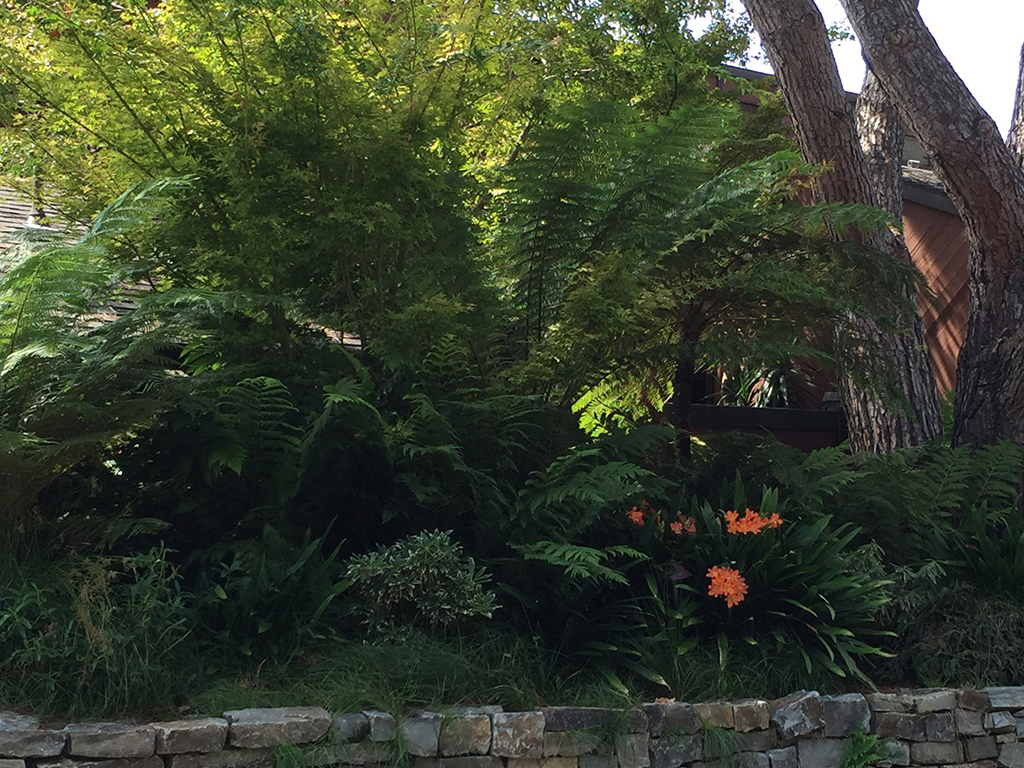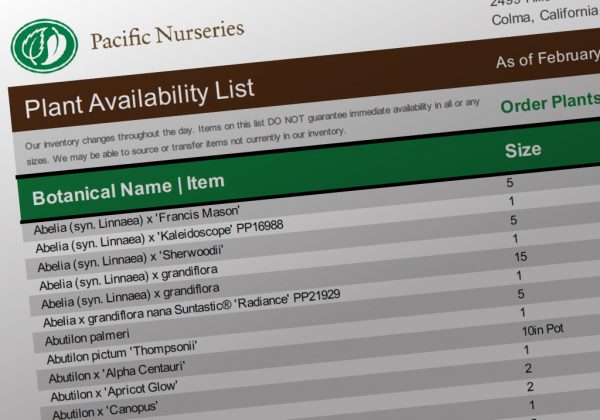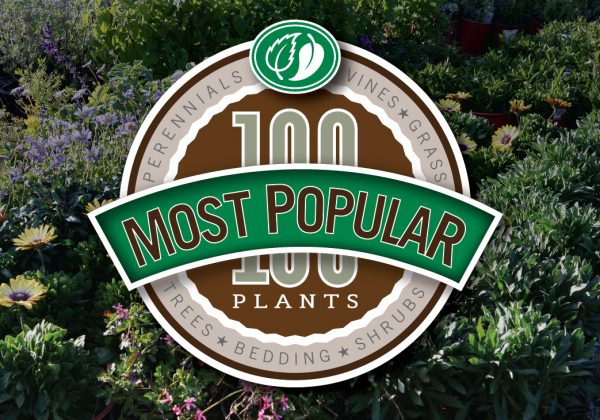As a result according to state parks officials, both you and your customers will be rewarded with a blossoming spring season—especially with many attractive Vines rising to the occasion.
For challenging landscape areas, vines rise to the rescue
Vines provide many unique features and benefits when thoughtfully integrated into a Bay Area landscape. Some of these include:- Ideal for vertical locations
- Softens structures + hardscapes
- Transforms challenging areas
- Provides shade + cooling
- Creates living screen
- Reduces erosion
- Inhibits weed growth
Vines also enable distinctive landscape designs by providing added height and dimension to a garden. By covering walls, fences, or unsightly structural elements that need masking or softening with foliage, they provide green options that traditional trees or shrubs just can’t match.
And when vines are strategically placed with appropriate functional structural supports, they cool areas that receive a lot of direct sun with shade or dappled light. With a thoughtful planting plan and regular care, the right vine can be a perfect solution for a Bay Area landscape that needs to climb out of the ordinary.

Vines rising with assistance in many forms
The very long stem structure of a vine makes it different from other plants. This attribute has two functions.

Tendrils
Some vines, including Thunbergia alata | Black-eyed Susan Vine, climb with thin, flexible stems—called tendrils that wrap around objects for support. They function to not only assist the plant in climbing, but they can also photosynthesize, making them doubly valuable to the plant. Tendrils act as intelligent fingertips that reach out to areas surrounding the vine until they encounter a solid object. And through the process of thigmotropism, the tendrils contract and coil when they touch the object. Once the tendril coils and grabs onto the object, it can adjust the amount of tension required to support the vine as it climbs.Aerial Roots
Vine plants, such as Hydrangea petiolaris | Climbing Hydrangea, have adventitious, clinging, aerial roots that grow out of the stem and attach to just about any porous surface including wood, brick, stone, and even some metal surfaces. These incredibly efficient roots allow the plant to often climb to significant heights as the roots strengthen and thicken with growth.Thorns
Vine plants, such as Rosa ‘Cécile Brunner‘ | Sweetheart Rose, have stiff protruding thorns on their stems that help a vine cling to a support element as it grows. The hooked or thorn-covered stems eventually turn into hooked branches. The result is these connecting and attachment devices help the vine rise vertically as it reaches for the sunlight.
Twining
With twining, a vine climbs by shoots or bones protruding from the stem and grows in a helix form around a support structure. This flexible vine shoot integrates rough stems or downward-pointing bristles—called bines—that serve as grips. As twining curls around a supportive structural element that guides the growth direction of the vine, it gradually strengthens and tightens to hold the vine in place. Clematis lasiantha | Pipestem Clematis and Lonicera hispidula | CA Honeysuckle are good examples of vines that use this climbing method.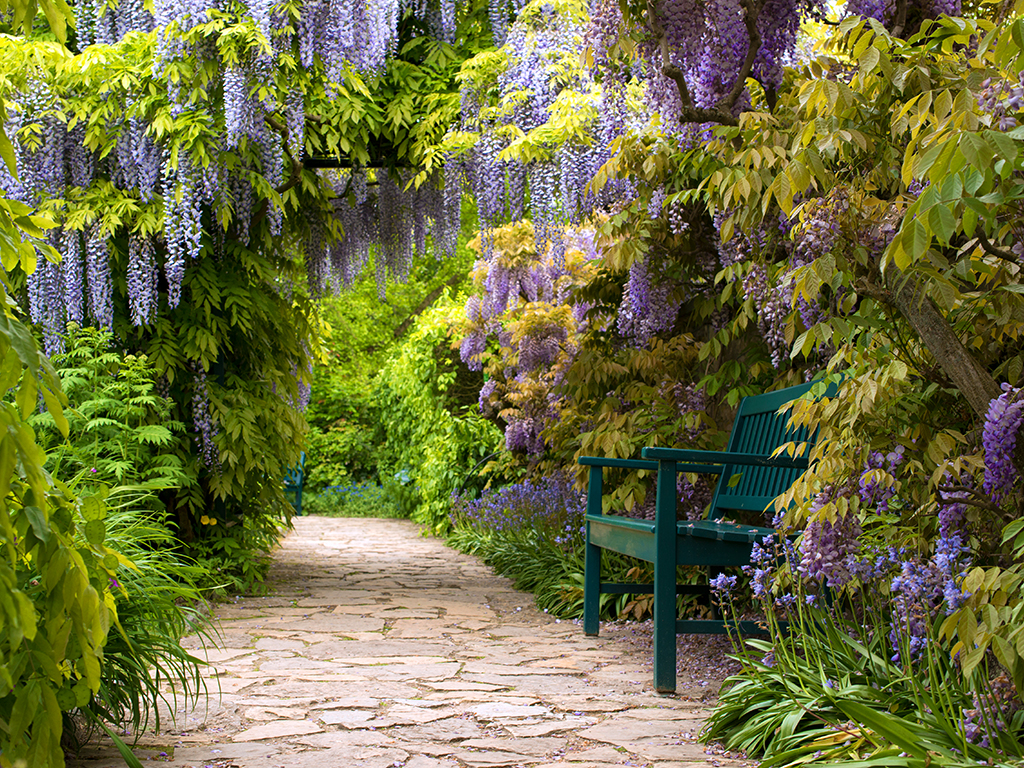
Vines rising without care can end up in a tangled mess
As a general rule, vines prefer to reach for the sun and want their roots to be cool or moist.However, vine plants can be challenging if they’re planted in an inappropriate location without adequate support. And if they’re not properly cared for, things can go south in a hurry.
Some of the challenges to avoid with rising vines include:
10 great vines for Bay Area landscapes
Hardenbergia violacea
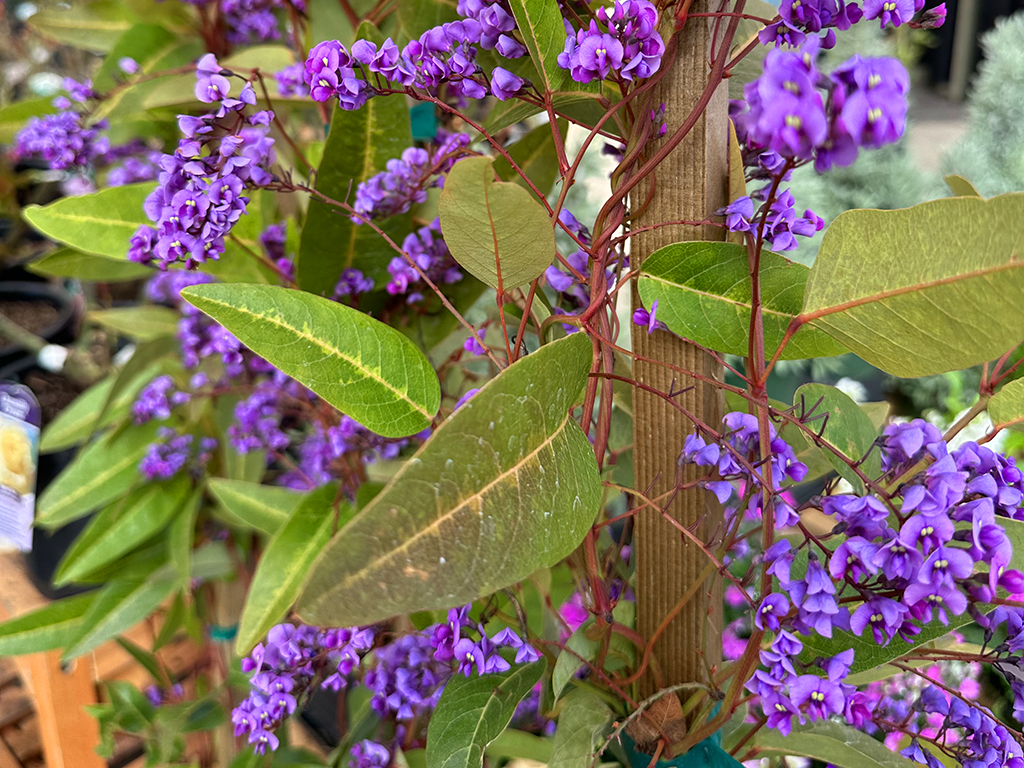
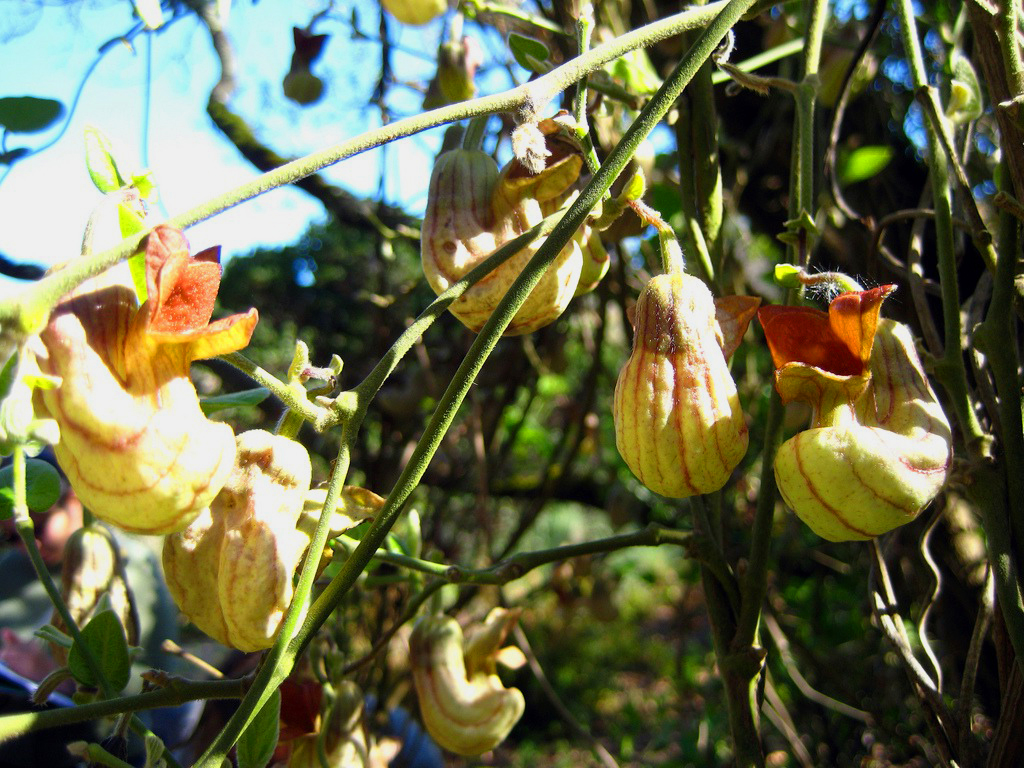
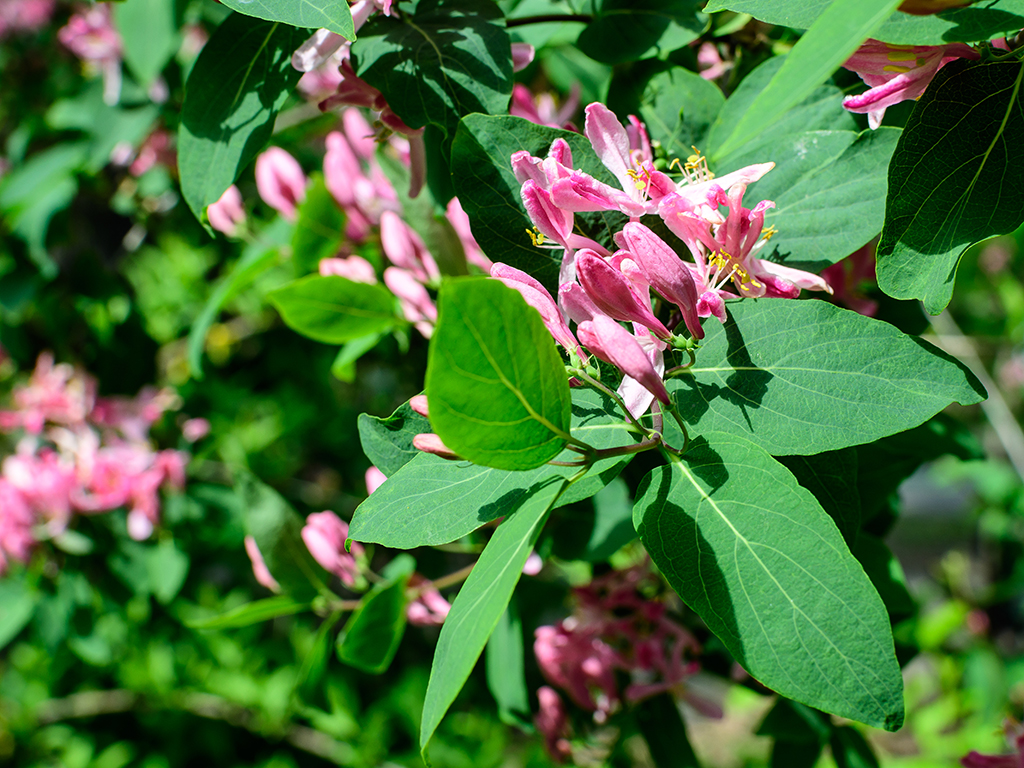
As a California native plant, Lonicera hispidula is a hardy twining climber that can reach up to 20′ tall. Valued for its’ ability to cover unsightly walls and vertical structures, this vine features profuse, tubular, and intensely fragrant flowers which appear in early summer. Grown at the end of stems, these abundant flowers also attract hummingbirds and other pollinators. This Lonicera prefers to have its’ roots in shade with flowering tops in full sun or very light shade. It does best in acidic, dry to moist, and well-drained soil. As a deer-resistant CA native, it’s an excellent choice for covering walls, fences, trellises, and pergolas in Bay Area landscapes.
Sarah Madeline Stuckey Coates | Stuckeyscapes, LLC
Thunbergia alata
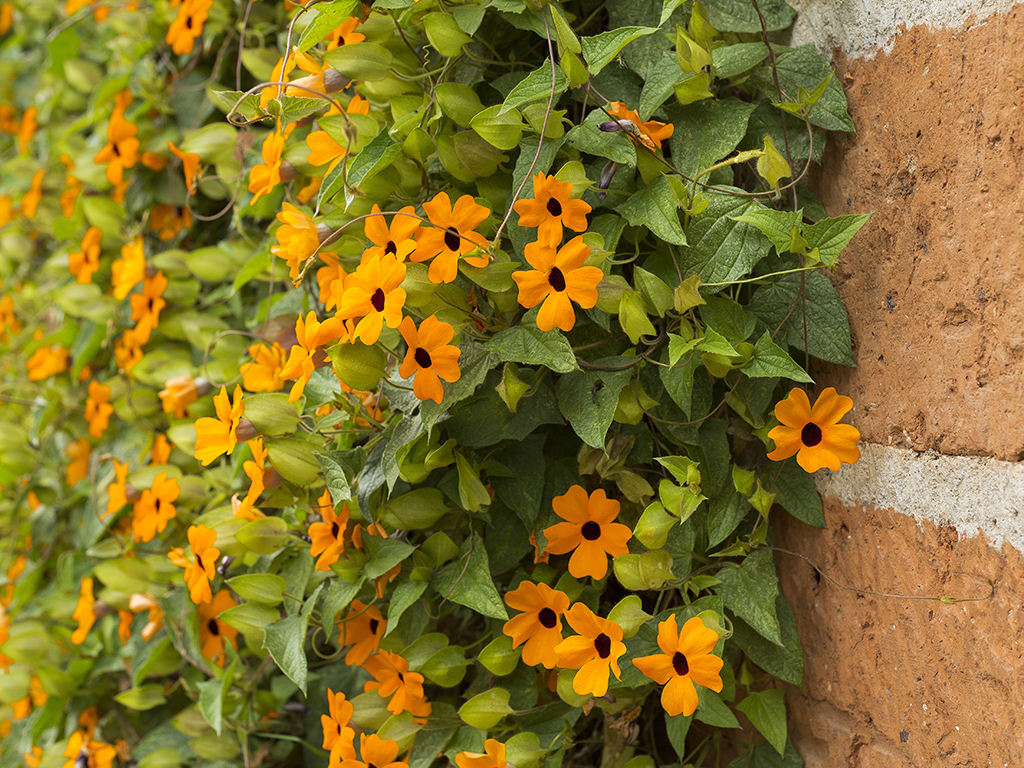
Pandorea jasminoides ‘Rosea’

Trachelospermum jasminoides
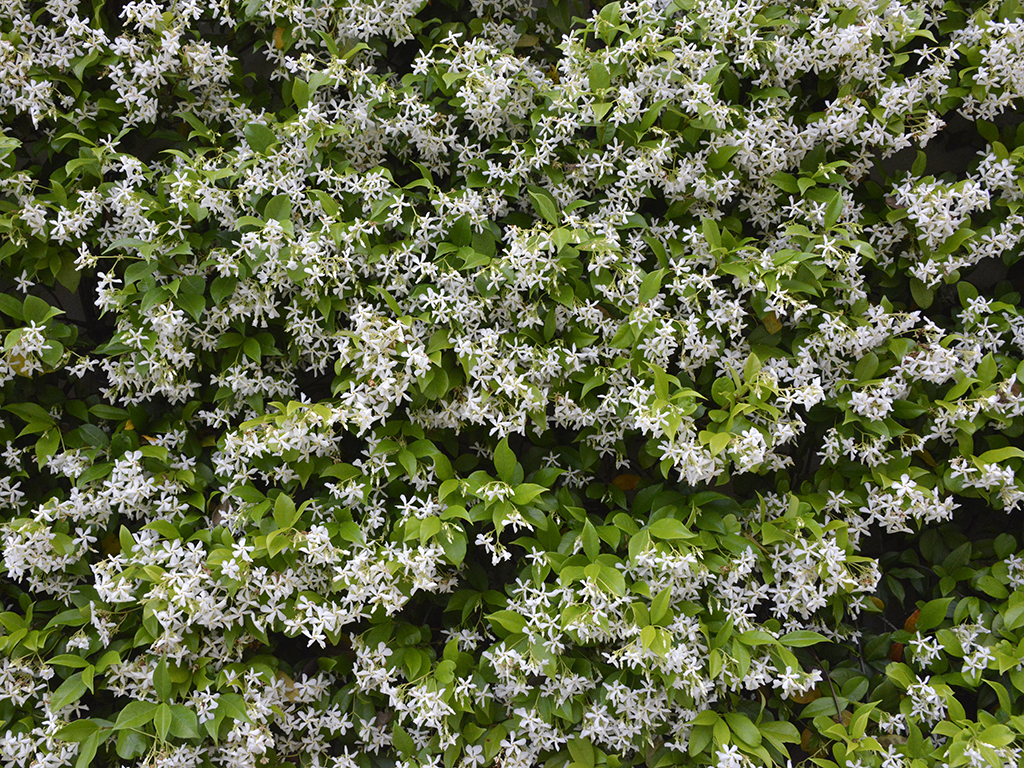
Wisteria sinensis
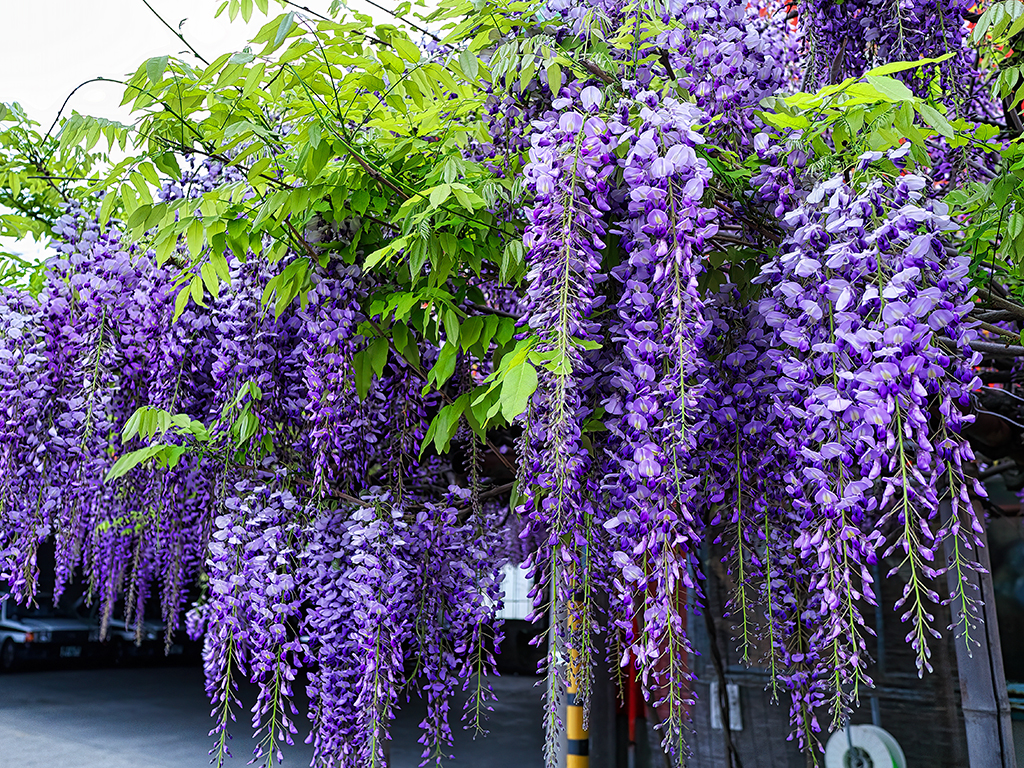
Clematis armandii
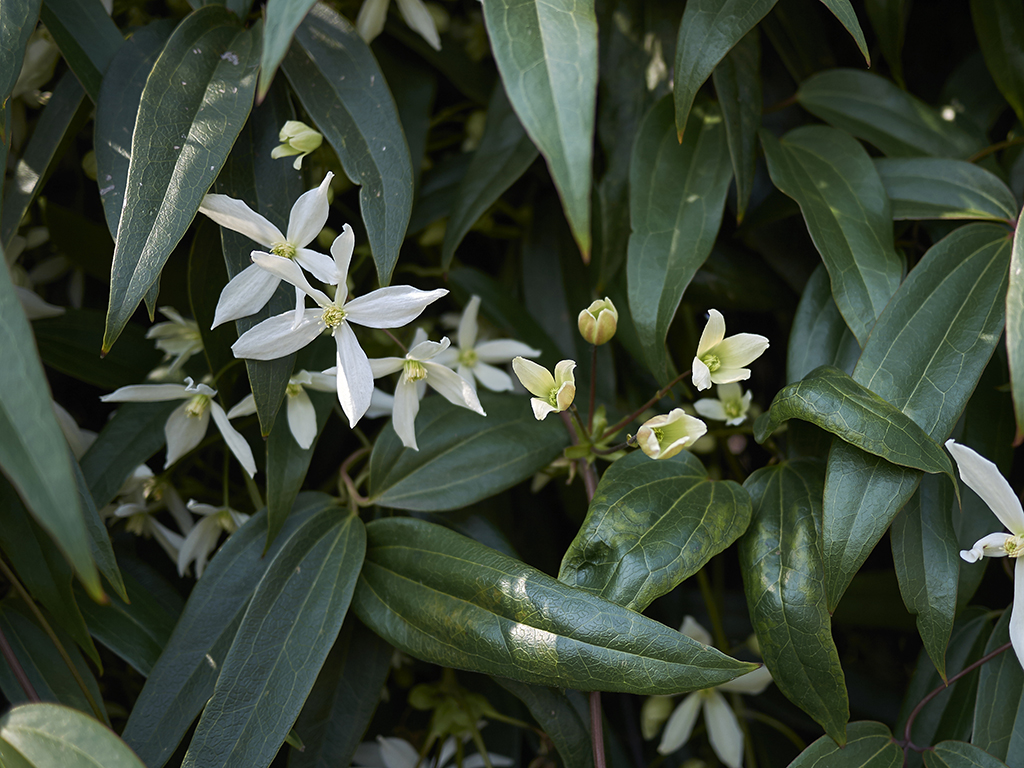
Rosa ‘Cécile Brunner’
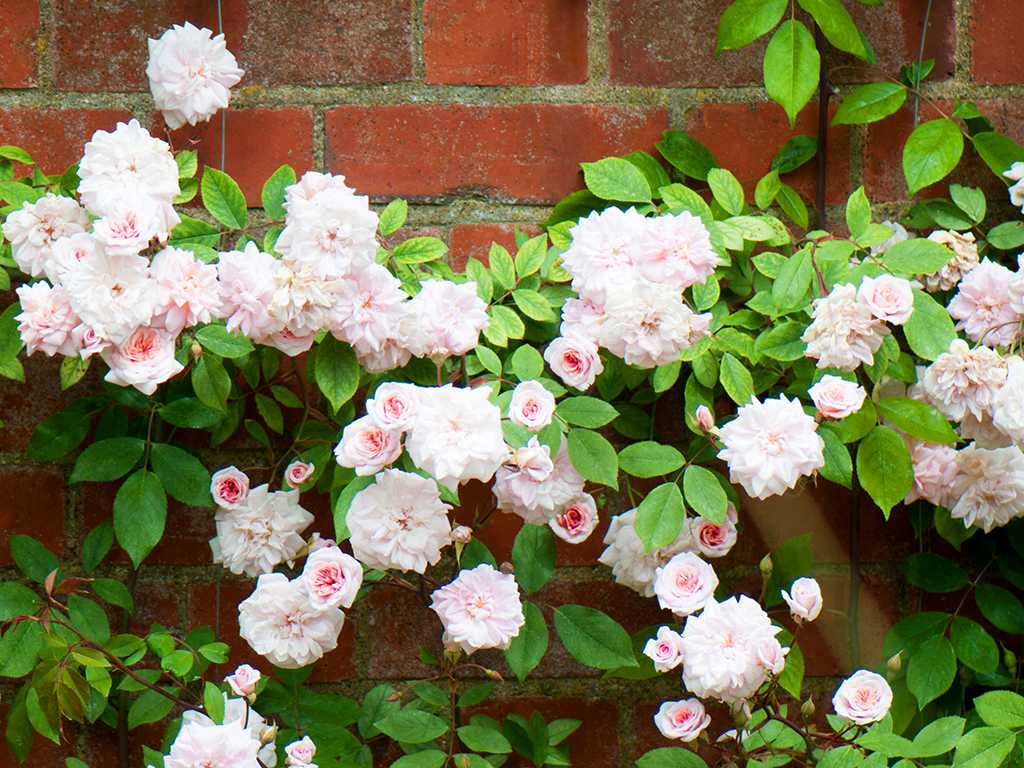
Hydrangea anomala petiolaris
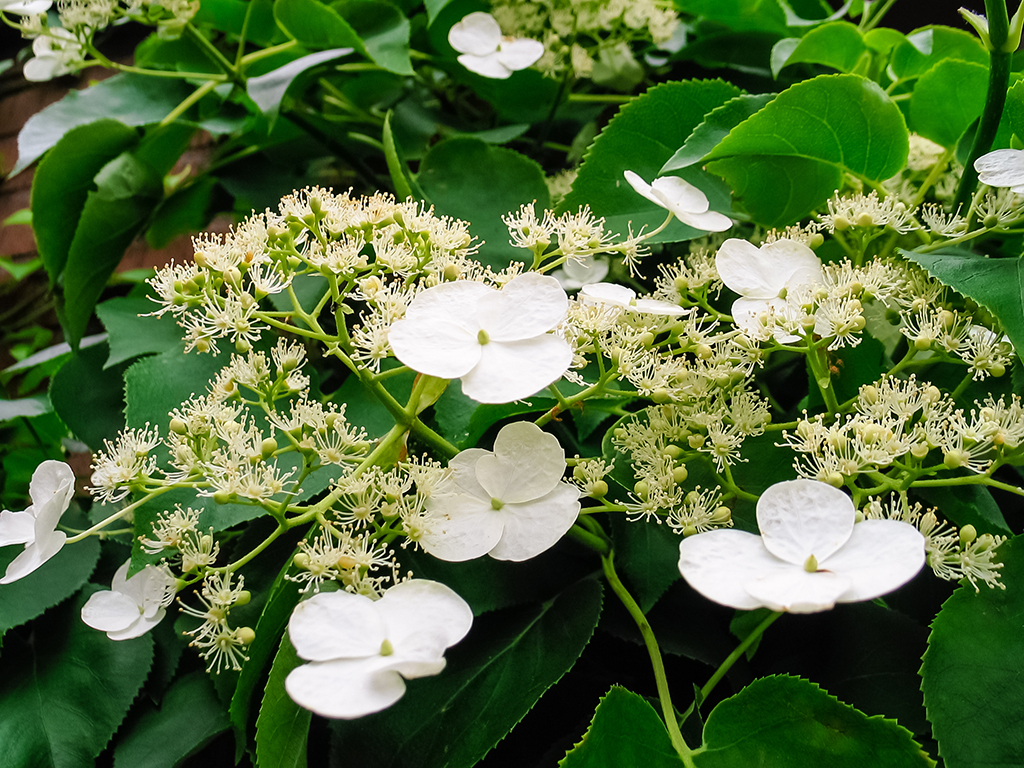
Ready to plant a vine in your project?
If you would like to discuss your project requirements or learn more about vines, contact any of our Customer Service experts by clicking on the PHONE icon below their name to call. Or click on the ENVELOPE icon below their name to send an email directly to them.If that’s all too complicated, just reach out at 650.755.2330.
As Chief Executive Officer of Pacific Nurseries, Will Baldocchi focuses on operations management, sales, and how to improve the customer experience at Pacific Nurseries. He also continues a proud family tradition of helping Bay Area Landscape Professionals succeed with high-quality landscape material and great service. Email Will or give him a call at 650.755.2330.





